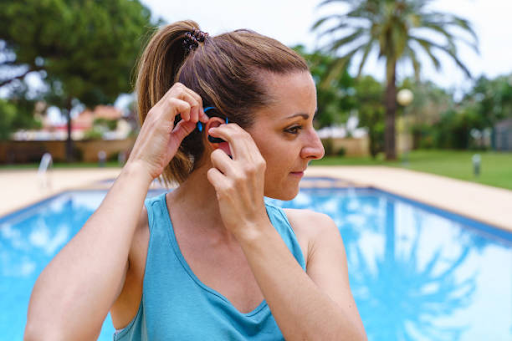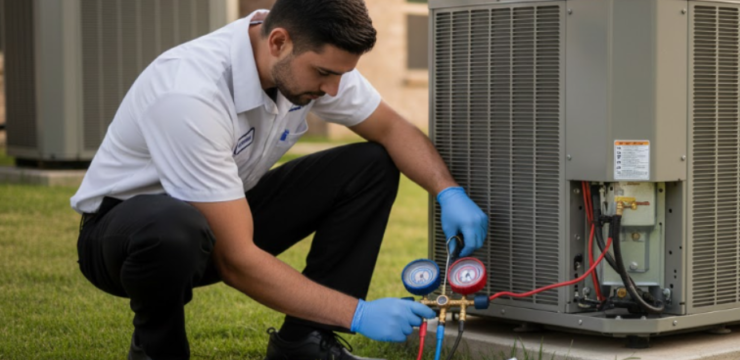Water in the ears might seem like a small inconvenience, but for frequent swimmers and individuals with sensitive ears, it can lead to discomfort, infections, and even temporary hearing issues. Two popular solutions for managing water-related ear issues are swimming earplugs and water ear drops. Both offer unique benefits, but which one is right for you?

Let’s break down the differences, pros and cons, and which option is better suited for different needs.
Understanding the Problem: Water in the Ears
Getting water trapped in your ears is more than just annoying—it can lead to swimmer’s ear (otitis externa), a painful condition caused by bacterial growth in moist environments. While this condition is common among swimmers, anyone who bathes or showers regularly can experience it.
Choosing the right preventive measure or remedy helps reduce the risk of discomfort and infections, making swimming earplugs and water ear drops essential tools in ear care.
What Are Swimming Earplugs?
Swimming earplugs are specially designed plugs that seal the ear canal to prevent water from entering while swimming, bathing, or showering. They come in various shapes, sizes, and materials—such as silicone, foam, and rubber—to suit different preferences and ear canal sizes.
Benefits of Swimming Earplugs:
- Prevention Over Cure: By blocking water entry entirely, swimming earplugs eliminate the need for post-swim remedies.
- Reusable and Cost-Effective: Many silicone earplugs are reusable, making them a sustainable and economical choice.
- Comfortable for Long Use: Good-quality earplugs mould to the ear and provide a secure, comfortable fit.
- Also Useful for Sleeping: Though designed for swimming, many individuals also use similar soft earplugs for sleep. In fact, if you’re already using earplugs for snoring, you’ll find the sensation of wearing swimming earplugs quite familiar.
Considerations:
- It must be correctly inserted to work effectively.
- Not ideal for those with very narrow ear canals.
- Needs to be cleaned regularly to maintain hygiene.
What Are Water Ear Drops?
Water ear drops are typically used after water has already entered the ear. These drops help dry out trapped water and may contain alcohol or acetic acid to kill bacteria and fungi.
Benefits of Water Ear Drops:
- Quick Relief: Help remove trapped water quickly, relieving the “fullness” sensation.
- Prevents Infections: Some drops have antibacterial properties to prevent or treat minor infections.
- Easy to Use: Just a few drops in each ear can work in minutes.
Considerations:
- They are reactive, not preventive—you must already have water in your ears.
- Overuse can dry out the ear canal and cause irritation.
- Not suitable for people with ear tubes or eardrum damage.
Swimming Earplugs vs. Water Ear Drops: A Comparison
When comparing swimming earplugs and water ear drops, the key difference lies in their purpose and timing of use. Swimming earplugs are designed to prevent water from entering the ears in the first place, making them ideal for frequent swimmers, children, or anyone prone to ear infections. They’re reusable, cost-effective, and can even double as earplugs for snoring due to their comfortable fit. On the other hand, water ear drops are used after water has already entered the ear canal. They offer quick relief by drying out trapped water and may also include antibacterial ingredients to reduce infection risks. However, they need to be reapplied regularly and aren’t suitable for those with damaged eardrums or ear tubes. In terms of convenience, ear drops are easy to carry and use on the go, while earplugs require a bit more preparation but offer proactive protection. Depending on your needs, you may find it helpful to keep both on hand—earplugs for prevention and drops for emergency use.
Which One Should You Choose?
If your goal is prevention, swimming earplugs are the clear winner. They offer a simple and proactive way to keep ears dry and infection-free. They’re particularly useful for kids, swimmers, and those with a history of ear infections.
On the other hand, if you rarely experience water in the ears or forgot to wear earplugs, water ear drops are a great backup. They’re portable, quick-acting, and excellent for occasional use.
In some cases, the best approach might be to have both. Keep a pair of swimming earplugs in your swim bag and a bottle of ear drops in your first aid kit. That way, you’re covered for both prevention and treatment.
Final Thoughts
Caring for your ears is crucial, especially if you spend a lot of time in or around water. Swimming earplugs offer a highly effective way to block moisture and prevent infection, while water ear drops are a fast solution to clear water that does get trapped.
Bonus tip: If you already use earplugs for snoring, you might find it easier to adjust to swimming earplugs, since the comfort level and design are similar.
Whether you’re an avid swimmer or a parent looking out for your child’s ear health, choosing the right solution helps you enjoy water activities with confidence, without worrying about post-swim discomfort.






Most Commented Posts